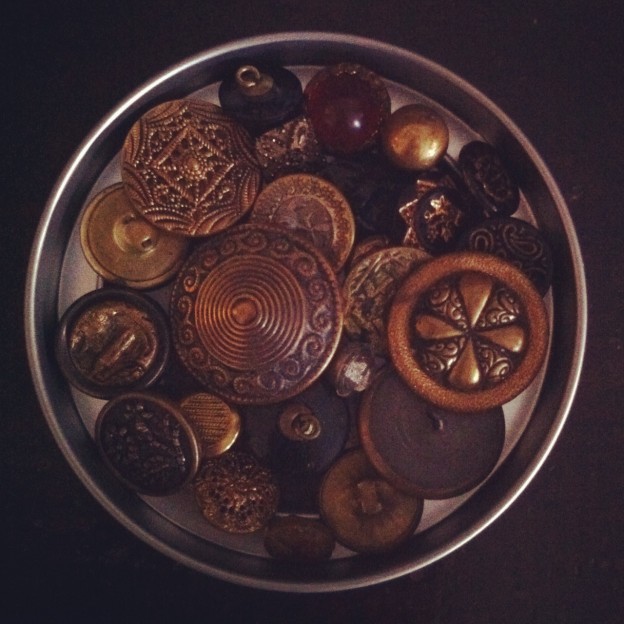Hemming Dresses

Nancy and Grandma on Easter Sunday. (Dress hemming done by Grandma.)
When I was growing up, my Armenian grandmother hemmed my dresses. And for many years, I would wear only dresses. (Being forced by my mother to wear snow pants when I was in the first grade caused me paroxysms of grief.) I stood on the footstool in my grandmother’s bedroom while she pulled straight pins from a red pincushion and slid them through the fabric folded to the chosen length. Appropriate length was a subject of much discussion between us.
“How long?” she asked.
I pointed to a spot mid-way up my thigh, which was at the time the fashionable length but a little shorter than was comfortable for me. I had learned from experience that no matter what length I indicated, and no matter what length we agreed upon, the finished product would be at least two inches longer. So I asked for too short, knowing she would make her own adjustments for the sake of modesty.
“What?” she asked. “You want the whole world to see your vardik?”
“No one will be able to see my underwear. It’s not that short.”
She shook her head. “These are the last days. Everyone is walking around showing their vodik and everything else.”
This last bit of dialogue about panties, Biblical end times and public display of private parts was repeated each time I stood on the footstool for a dress fitting. Sometimes my grandmother digressed into a discussion of bikinis, which she considered to be a true sign that Christ’s Second Coming was at hand.
I finally outgrew my hatred of slacks when I was about twelve years old, and my grandmother and I moved on to a new frontier in hemming. By some logic that I never quite understood, my grandmother believed that while skirts should be long, pants should be short. It took several pairs of slacks that bared my ankles before I recognized the system and asked for them to be at least two inches longer than I actually wanted.
Nancy Kricorian
November 26, 2012

